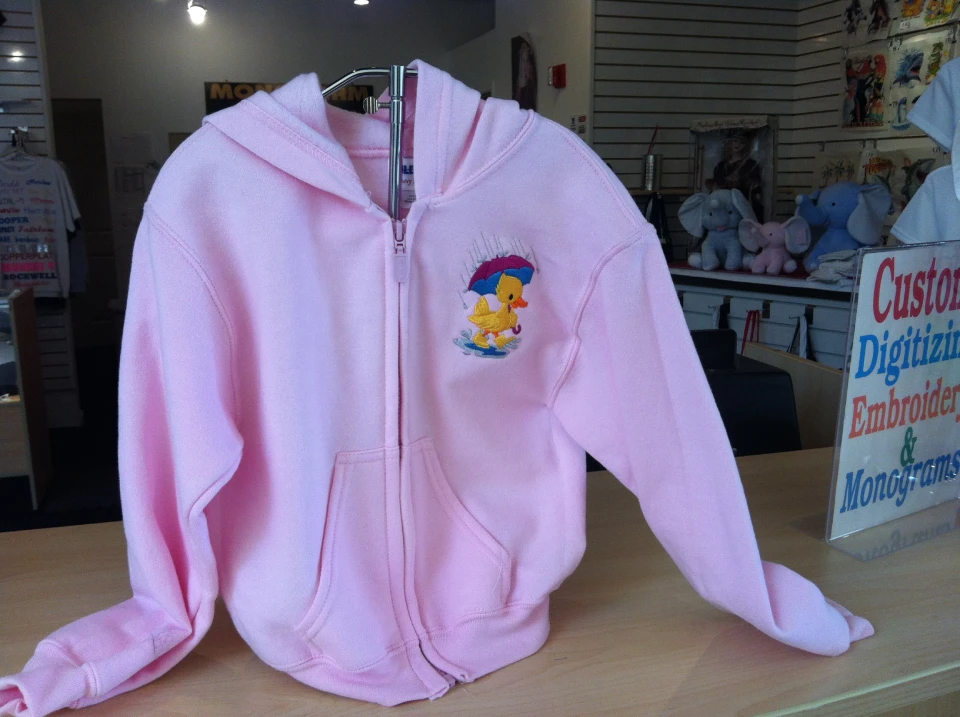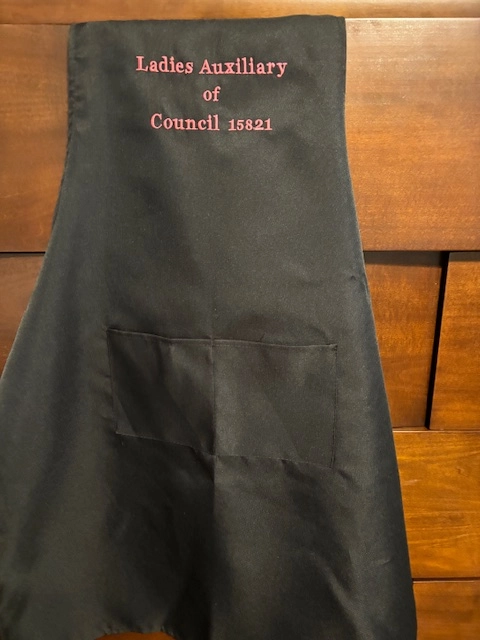Personalized School Uniforms with High-Quality Embroidery Solutions
Personalized School Uniforms with High-Quality Embroidery Solutions
Blog Article
The Art of Personalized Embroidery: Opening the Secrets to Creating Distinct and Remarkable Styles
The secrets to creating custom-made needlework layouts that astound the eye and leave a long lasting impression lie in a delicate equilibrium of strategy, creativity, and focus to information. As we dig right into the globe of personalized needlework, we discover the nuanced interaction in between thread option, stitch intricacy, and design personalization that elevates a simple garment to a work of art.
Picking the Right Needlework Threads
When picking needlework threads, what crucial variables should you consider to make certain the ideal results for your custom-made layouts? The choice of embroidery thread is vital in determining the last end result of your stitched layout. One of the primary considerations is the material of the string. Different materials such as cotton, polyester, rayon, and silk provide varying degrees of shine, toughness, and structure. It is vital to pick a string product that enhances the material you are stitching on and lines up with the preferred appearance of the layout.
Additionally, the weight or density of the thread plays a significant role in the look of the embroidery. Thicker threads can include measurement and texture to your style, while finer threads are perfect for detailed information and little message. Furthermore, considering the color fastness and washability of the thread is essential to ensure that your customized styles preserve their high quality and vibrancy with time. By thoroughly assessing these variables and picking top quality threads that meet your details requirements, you can enhance the aesthetic allure and long life of your stitched creations.
Exploring Different Stitch Strategies
To explore the world of 'Exploring Different Stitch Methods', one need to grasp the intricacies and subtleties that each sewing technique offers the art of embroidery. Different stitch strategies not just include visual interest yet also add to the total texture and dimension of the style. One preferred stitch strategy is the satin stitch, which includes carefully jam-packed parallel stitches to develop a smooth and shiny surface area, ideal for completing shapes and producing vibrant details.
On the other hand, the backstitch is a functional method frequently made use of for describing and including fine information. It entails stitching backward to create a strong line of embroidery. In addition, the French knot stitch adds a responsive component to layouts, ideal for creating textured accents like flower facilities or ornamental touches.
Exploring different stitch methods allows embroiderers to play with light, darkness, and deepness within their layouts, elevating the visual charm and creative quality of their embroidery jobs. By grasping different sewing techniques, one can unlock unlimited opportunities for developing distinct and unforgettable personalized embroidery items.
Incorporating Personalized Layout Components
Having discovered the ins and outs of different stitch strategies such as the satin stitch, backstitch, and French knot, the emphasis currently shifts in the direction of incorporating individualized layout elements in personalized embroidery projects. Individualized layout components play an essential function in making needlework jobs truly distinct and unforgettable. One method to integrate personalization is by including initials, names, or substantial dates to the design. This not just adds a personalized touch but additionally enhances the nostalgic worth of the embroidery piece.
An additional means to integrate tailored style components is by including signs or motifs that hold unique meaning to the recipient or show their rate of interests and character. For example, integrating a favorite blossom, animal, or hobby-related sign can make the embroidery style more purposeful and customized. Furthermore, picking shades that reverberate with the recipient or straighten with the desired style can even more improve the customization of the embroidery task.
Grasping the Art of Color Control

One trick facet of color coordination is recognizing color concept. This consists of understanding exactly how different shades engage with each other, the emotions they convey, and exactly how they can be integrated to develop visually enticing designs. By using shade concept principles, embroiderers can create unified shade palettes that boost the overall look of the layout.
Furthermore, taking notice of comparison is crucial in shade control. Utilizing contrasting colors can help particular components of the layout pop, boost legibility, and produce an aesthetically dynamic embroidery item. By grasping the art of shade sychronisation, embroiderers can boost their layouts and develop remarkable items that reverberate with customers and visitors alike.
Enhancing Structure With Advanced Needlework Stitches

Bullion knots, on the various other hand, can be used to develop twisted, ropelike aspects that include an extravagant feeling to the needlework. Exploring with these advanced needlework stitches allows you to push the boundaries of standard needlework and create absolutely distinct and aesthetically appealing textures in your designs.
Final Thought
To conclude, the art of custom needlework involves a combination of choosing the ideal strings, checking out different stitch methods, incorporating tailored style best site components, mastering shade sychronisation, and enhancing appearance with advanced stitches. By understanding and carrying out these vital components, embroiderers can create distinct and unforgettable layouts that showcase their imagination and ability. Embroidery lovers can unlock the tricks to developing beautiful and bespoke items that attract attention and leave a long lasting impression.
Report this page